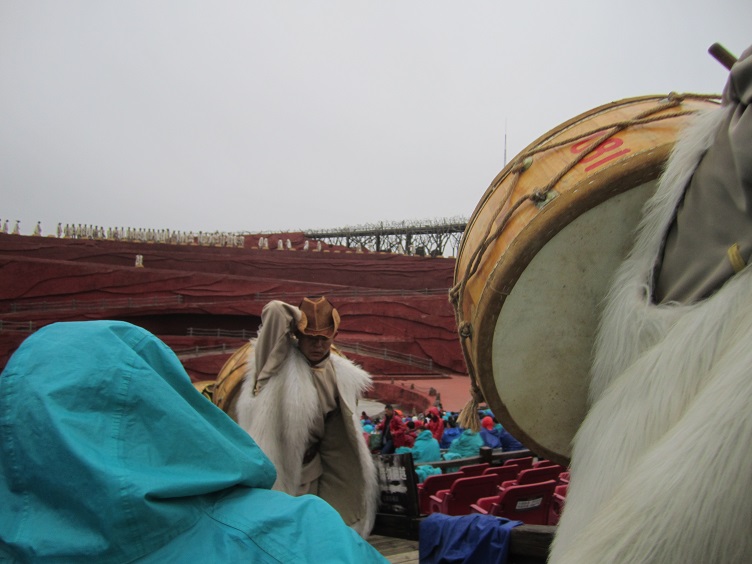There was an interesting article in The Atlantic this past July about how the Navy was working on crewing ships with a few generalists who would handle many jobs rather than many experts focusing on a narrower range of functions.
At first, when they were talking about everyone being cross-trained to fill a number of different functions, I started thinking it was a good example for a post about eliminating siloed job functions in arts organizations. Basically the idea that everyone has some role in promoting shows, interacting with audiences and donors, etc., rather operating as if these things were solely marketing, front of house and development department jobs.
But as I looked at some of the examples they were providing, I realized there was a pretty thin line between eliminating silos and trying to get fewer employees to juggle more responsibility.
The article mentions Zappos
…famously did away with job titles a few years back, employees are encouraged to take on multiple roles by joining “circles” that tackle different responsibilities.
Which sounded to me like an attempt to cross-train people and eliminate silos. But in the same paragraph used the example of SkyWest airlines:
…looking for “cross utilized agents” capable of ticketing, marshaling and servicing aircraft, and handling luggage.
Which sounds more like trying to hire one person to do four jobs. Granted, Zappos may be doing the exact same thing and just found better framing language to describe it.
This is not to say there isn’t some validity for this to increasingly become a model for employment in the future, whether it feels collaborative or exploitative. The article notes that automation is causing the list of what skills are important for future employees to acquire to be revised at increasingly shorter intervals.
Testing conducted by the Navy seemed to indicate that people who were able to quickly notice a change in situation and re-prioritize tasks were better suited for their plan to crew ships with generalists than people who contentiously completed their tasks.
This group, Hambrick found, was high in “conscientiousness”—a trait that’s normally an overwhelming predictor of positive job performance. We like conscientious people because they can be trusted to show up early, double-check the math, fill the gap in the presentation, … What struck Hambrick as counterintuitive and interesting was that conscientiousness here seemed to correlate with poor performance.
[…]
The people who did best tended to score high on “openness to new experience”—a personality trait that is normally not a major job-performance predictor and that, in certain contexts, roughly translates to “distractibility.” To borrow the management expert Peter Drucker’s formulation, people with this trait are less focused on doing things right, and more likely to wonder whether they’re doing the right things.
High in fluid intelligence, low in experience, not terribly conscientious, open to potential distraction—this is not the classic profile of a winning job candidate. But what if it is the profile of the winning job candidate of the future? If that’s the case, some important implications would arise.
The concept that short attention spans and lack of follow through are a winning combination for employability may depress a lot of readers. You may be interested to learn that quite a bit of stuff broke down on Navy ships that were crewed in this manner, requiring repairs by civilian contractors or adding about 20 people to the ship crews.
However, this doesn’t mean that the idea is unworkable. There is a good chance the concept will become viable with a revised design of the ship operating environments and crew training.
What is interesting about the article is that it presents adaptability and contentiousness as complementary skillsets, at least for the moment. Which is good because our mental capacity to juggle distinct streams of information and make decisions diminishes as we age.











There is another way. The Gewandhaus Leipzig in Germany (concert venue) offers flex- tickets for a small premium. Not an…